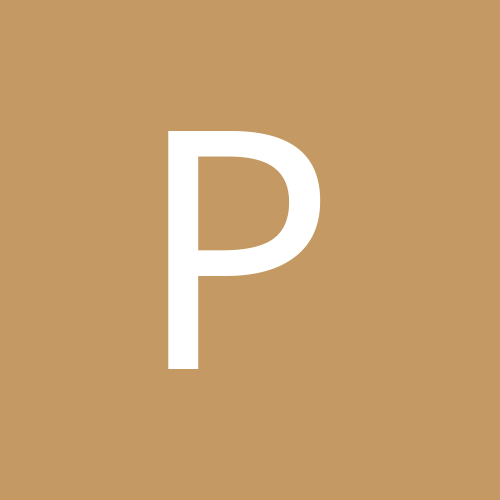Sign in to follow this
Followers
0

Am I doing reverse abdominal breathing correctly?
By
Phoenix3, in Daoist Discussion

By
Phoenix3, in Daoist Discussion